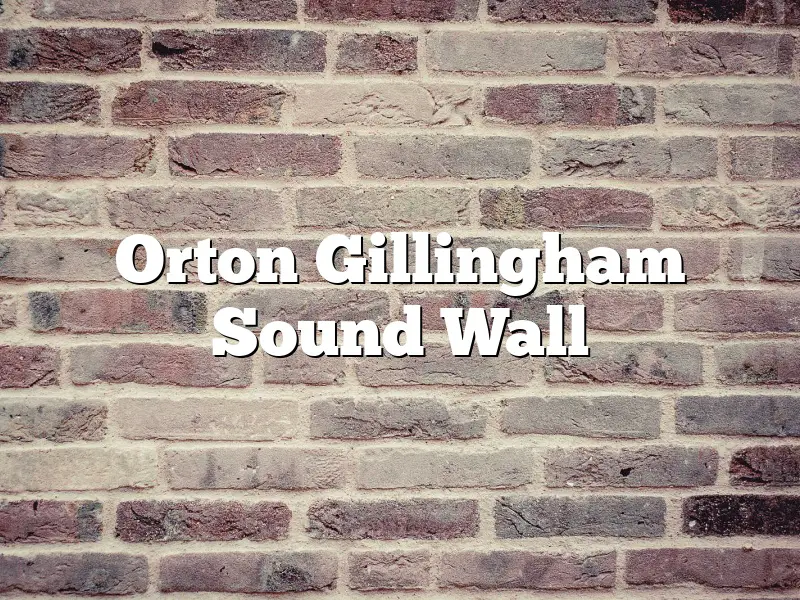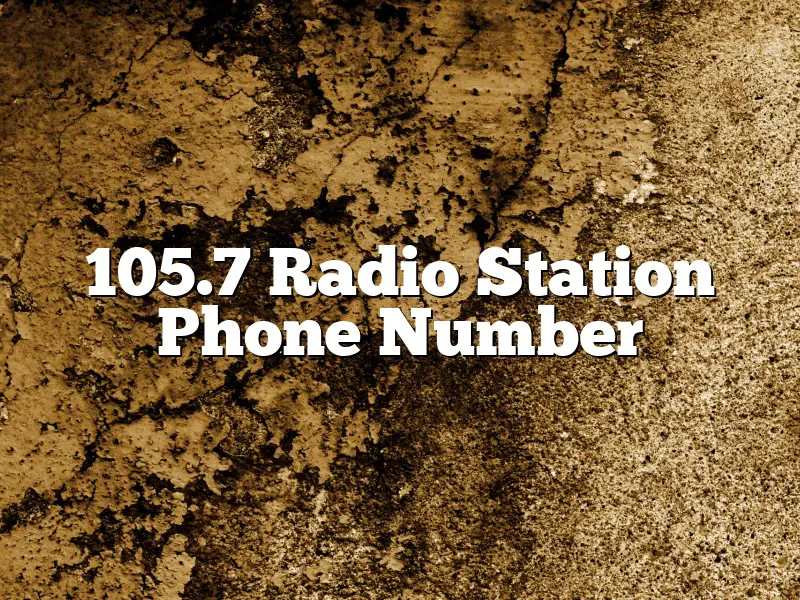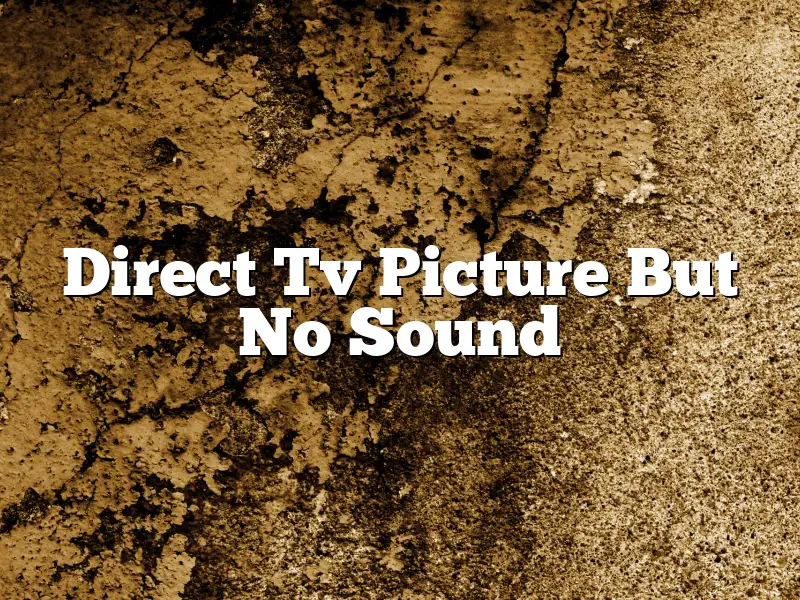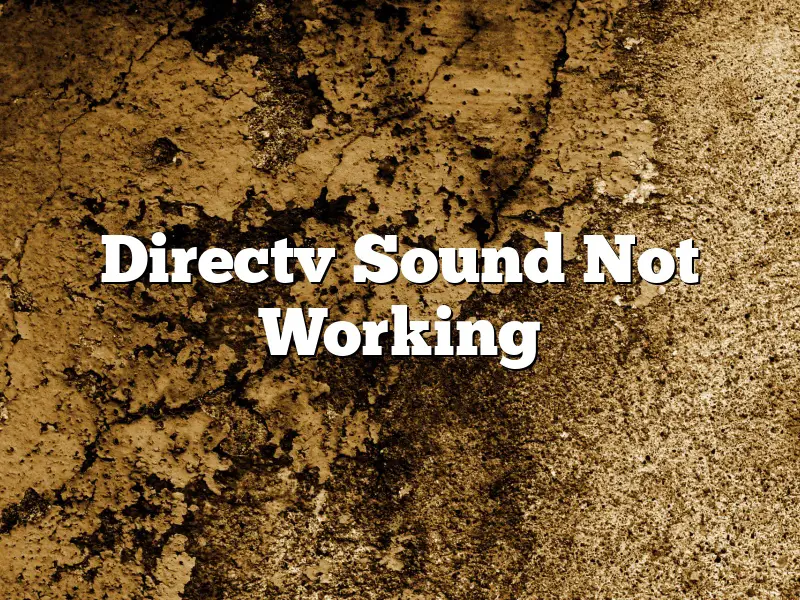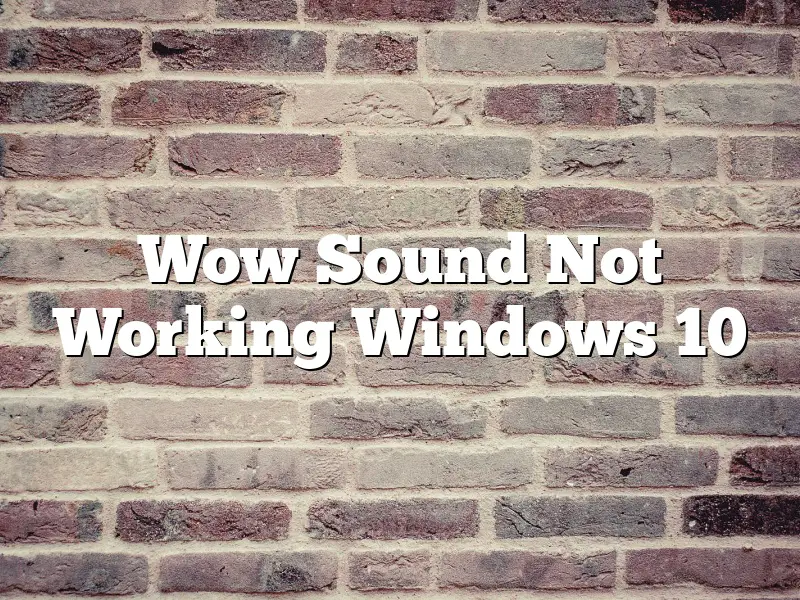What is an Orton Gillingham Sound Wall?
An Orton Gillingham Sound Wall is a type of tool that can be used to help individuals with dyslexia improve their reading skills. The wall is made up of a series of cards that are each printed with a letter of the alphabet. The cards are positioned in such a way that they form a wall, with each letter of the alphabet appearing in order.
How does the Orton Gillingham Sound Wall work?
The Orton Gillingham Sound Wall works by providing individuals with a visual representation of the alphabet. This can help to improve reading skills by providing a visual cue for the letters that are being read. The wall can also be used to help with pronunciation, as the individual can see how each letter is pronounced.
Who can benefit from using the Orton Gillingham Sound Wall?
The Orton Gillingham Sound Wall can be used by individuals of all ages who are struggling with reading skills. The wall can be used to help with both reading comprehension and pronunciation.
How can I get an Orton Gillingham Sound Wall?
The Orton Gillingham Sound Wall is available for purchase from a variety of online retailers.
Contents
Does Orton-Gillingham use sound walls?
Orton-Gillingham is a phonics-based reading intervention program that has been used for over 75 years. Many people wonder if this program uses sound walls, and the answer is yes. Orton-Gillingham does use sound walls, and they are an important part of the program.
The sound walls in Orton-Gillingham are used to help students learn to read. The walls help to provide a visual representation of the sounds that make up words. This can be helpful for students who are struggling with reading. The sound walls can also help to improve pronunciation and fluency.
The sound walls are used in a variety of ways. In Level One, the sound walls are used to help students learn the alphabet. In Level Two, the walls are used to help students learn to read words. In Level Three, the walls are used to help students read sentences.
The sound walls are an important part of the Orton-Gillingham program, and they can be helpful for students who are struggling with reading.
What is a sound wall in reading?
A sound wall, or phonemic awareness wall, in reading is a visual representation of the phonemes in a word. Phonemes are the individual sounds in a word, and a sound wall helps to break down words into their individual sounds. This is important for readers because it helps them to see and hear the word in its entirety, and not just as a collection of letters.
One way to create a sound wall is to use the phonetic alphabet. This alphabet assigns a letter to each phoneme, and it can be helpful for students who are learning to read. For example, the word “cat” would be written as “C-A-T” on a sound wall. This helps students to see the individual sounds in the word and to hear the word properly pronounced.
Another way to create a sound wall is to use colour coding. This method assigns a different colour to each phoneme. For example, the word “cat” would be written as “C-A-T” on a sound wall, and the phonemes would be coloured different colours. This helps students to see the individual sounds in the word and to hear the word properly pronounced.
A sound wall can be a helpful tool for readers of all ages. It can help students to break down words into their individual sounds, and it can also help to improve pronunciation.
How do you introduce a sound wall?
A sound wall is a structure specifically designed to reduce noise pollution. They are commonly used along highways and other busy roads to help minimize the amount of noise that is heard by nearby residents.
There are a few different ways to introduce a sound wall. One way is to have the wall be the first thing that people see when they enter the area. This will help to set the tone for the rest of the area and let people know that this is a place where they can expect to find peace and quiet.
Another way to introduce a sound wall is by having it be the last thing that people see when they leave the area. This will help to ensure that the noise from the road does not follow people home.
In either case, it is important to make sure that the sound wall is properly designed and built to maximize its noise-reducing effects.
What grades should have sound walls?
The use of sound walls is becoming more popular in the United States as a way to mitigate noise pollution. Many people wonder what grades of schools should have sound walls.
There is no definitive answer, as the need for sound walls depends on the specific situation. However, there are a few factors to consider when deciding whether or not to install sound walls in a school.
The first factor is the level of noise that is being generated by the school. If the noise level is above the acceptable limit set by the government, then a sound wall may be necessary.
The second factor is the location of the school. If the school is located in a busy area, it is more likely to need a sound wall.
The third factor is the size of the school. If the school is large, it is more likely to need a sound wall.
The fourth factor is the type of school. If the school is a public school, it is more likely to need a sound wall.
The fifth factor is the budget. If the school does not have the funds to install a sound wall, it may not be able to do so.
Overall, there is no one-size-fits-all answer when it comes to deciding if a school should have a sound wall. However, these are some of the factors that should be considered.
What order do you teach the sound wall?
When teaching the sound wall, there is an order that is generally recommended. The recommended order is:
1. Plosives
2. Fricatives
3. Nasals
4. Vowels
5. Consonants
This order is based on the order of difficulty in making the sounds. Plosives are the easiest sounds to make, followed by fricatives, nasals, vowels, and finally consonants.
When teaching the sound wall, it is important to start with the easiest sounds and work up to the more difficult sounds. This will help students learn the sounds more effectively and with less frustration. Beginning with the easiest sounds will also help students develop a strong foundation in pronunciation.
The plosives are the sounds made by releasing air from the lungs with a burst of pressure. The plosives are: /p/, /b/, /t/, /d/, /k/, and /g/. These sounds are generally taught first because they are the easiest to make and are the most common sounds in English.
The fricatives are the sounds made by forcing air through a narrow opening. The fricatives are: /f/, /v/, /s/, /z/, /ʃ/, and /ʒ/. These sounds are generally taught next because they are more difficult to make than the plosives, but are still common sounds in English.
The nasals are the sounds made by releasing air through the nose. The nasals are: /m/, /n/, and /ŋ/. These sounds are generally taught last because they are the most difficult to make and are not as common as the plosives, fricatives, and vowels.
The vowels are the sounds that are produced when the vocal cords vibrate. The vowels are: /a/, /e/, /i/, /o/, and /u/. These sounds are generally taught next because they are more difficult to make than the nasals, but are still common sounds in English.
The consonants are the sounds that are produced when the lips, teeth, or tongue touch each other. The consonants are: /p/, /b/, /t/, /d/, /k/, /g/, /f/, /v/, /s/, /z/, /ʃ/, /ʒ/, /m/, /n/, and /ŋ/. These sounds are generally taught last because they are the most difficult to make and are not as common as the other sounds.
Do sight words go on a sound wall?
Do sight words go on a sound wall?
There is no one definitive answer to this question. It depends on the particular sight words and the individual child’s abilities.
Some parents and educators believe that it is helpful to have a ‘sound wall’ in place for sight words. This is a designated area on a wall where children can place magnets or other objects representing the sight words they are learning. The idea is that when the child encounters a new sight word, they will say the word out loud and place the object on the sound wall.
Other parents and educators believe that it is more important for children to focus on learning how to read the words in context, rather than learning the words in isolation. They believe that teaching sight words in this way can actually lead to more confusion for the child.
The truth is that there is no one right or wrong answer to this question. It is up to the individual parents and educators to decide what works best for their child.
What is the purpose of a sound wall?
What is the purpose of a sound wall?
A sound wall is a structure built to reduce or block sound from passing between two areas. They are often used to separate busy or noisy areas from quieter areas, or to protect residential areas from the noise of traffic or other industrial activity.
Sound walls are typically constructed of concrete, metal, or masonry, and can vary in height from a few feet to over 20 feet. They may be topped with a fence or other barrier to keep people and animals from climbing on top of them.
The primary purpose of a sound wall is to reduce the amount of noise that travels between two areas. This can be beneficial for both residential and industrial areas, as it can help to improve the quality of life for those living near noisy areas, and also help to improve the productivity of those working in noisy areas.
Sound walls can also be aesthetically pleasing, and can be used to improve the appearance of an area. In some cases, they may also be used to protect against wind or weather.

